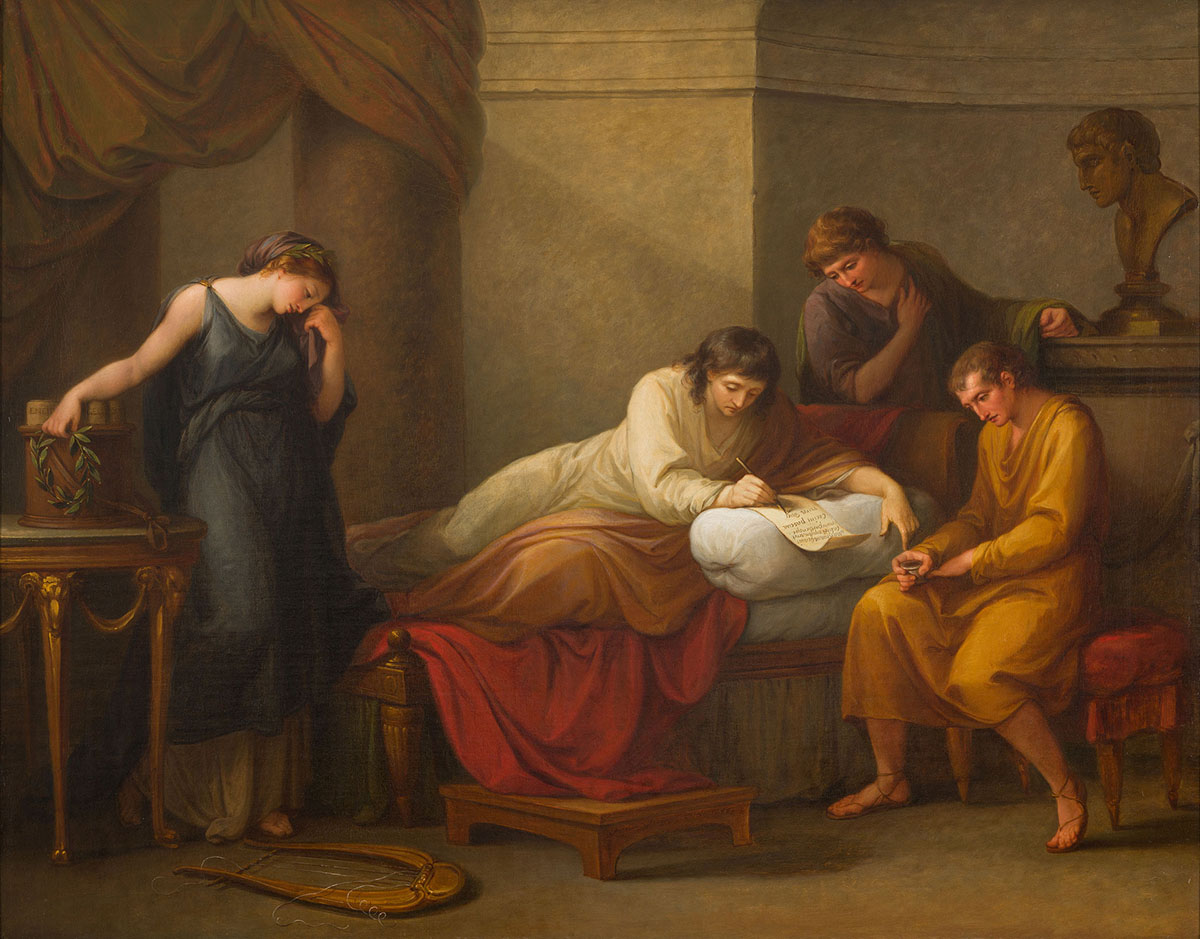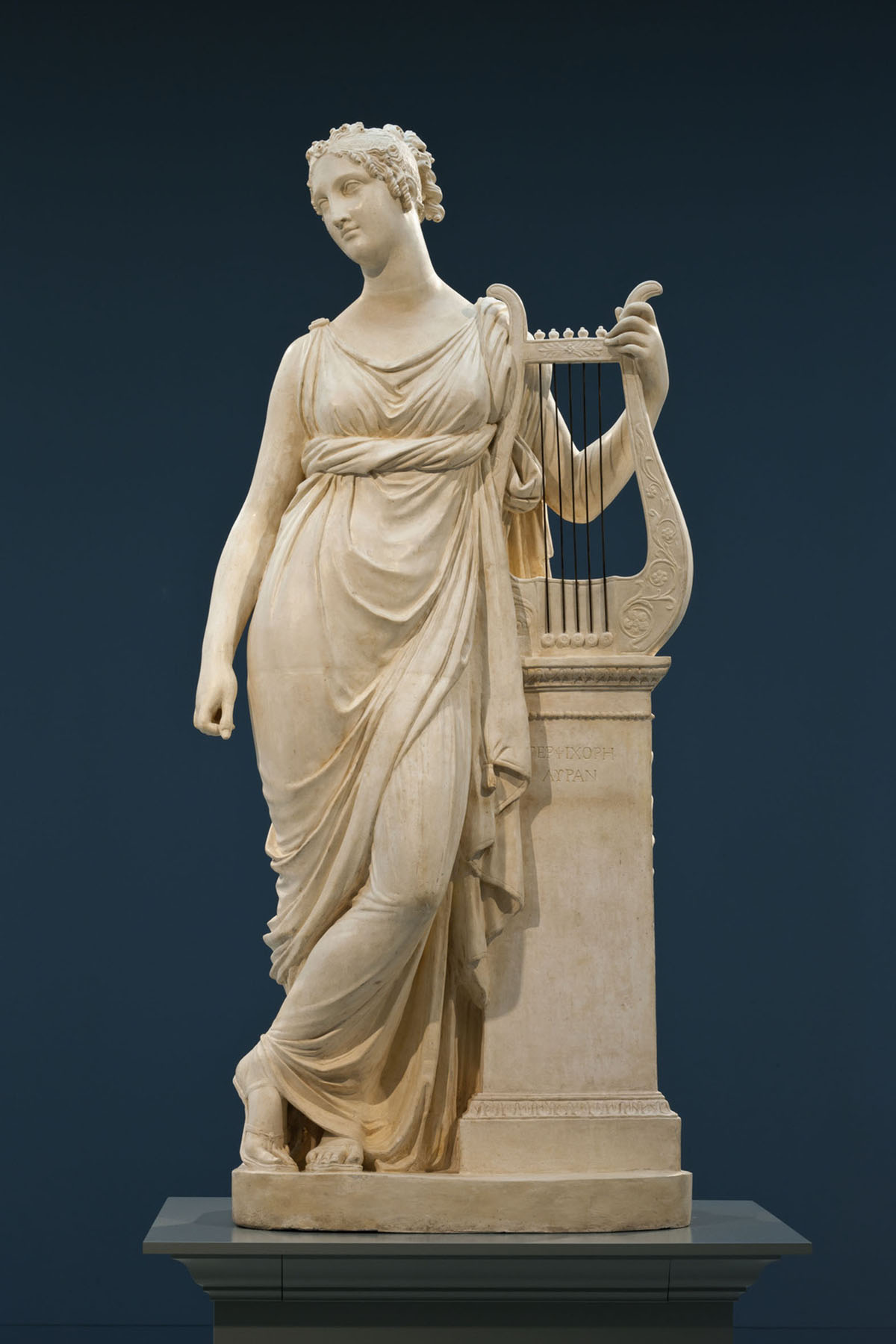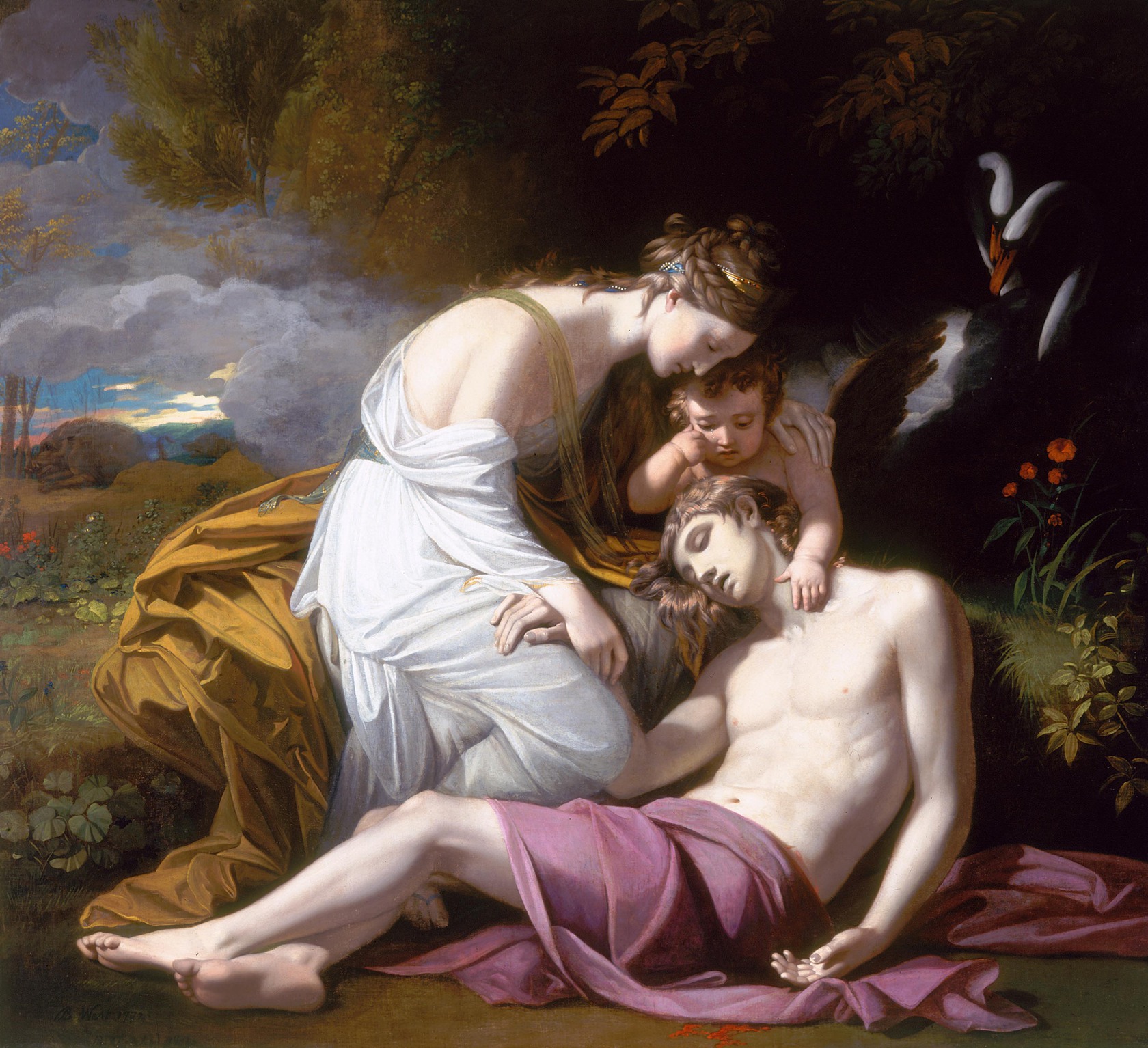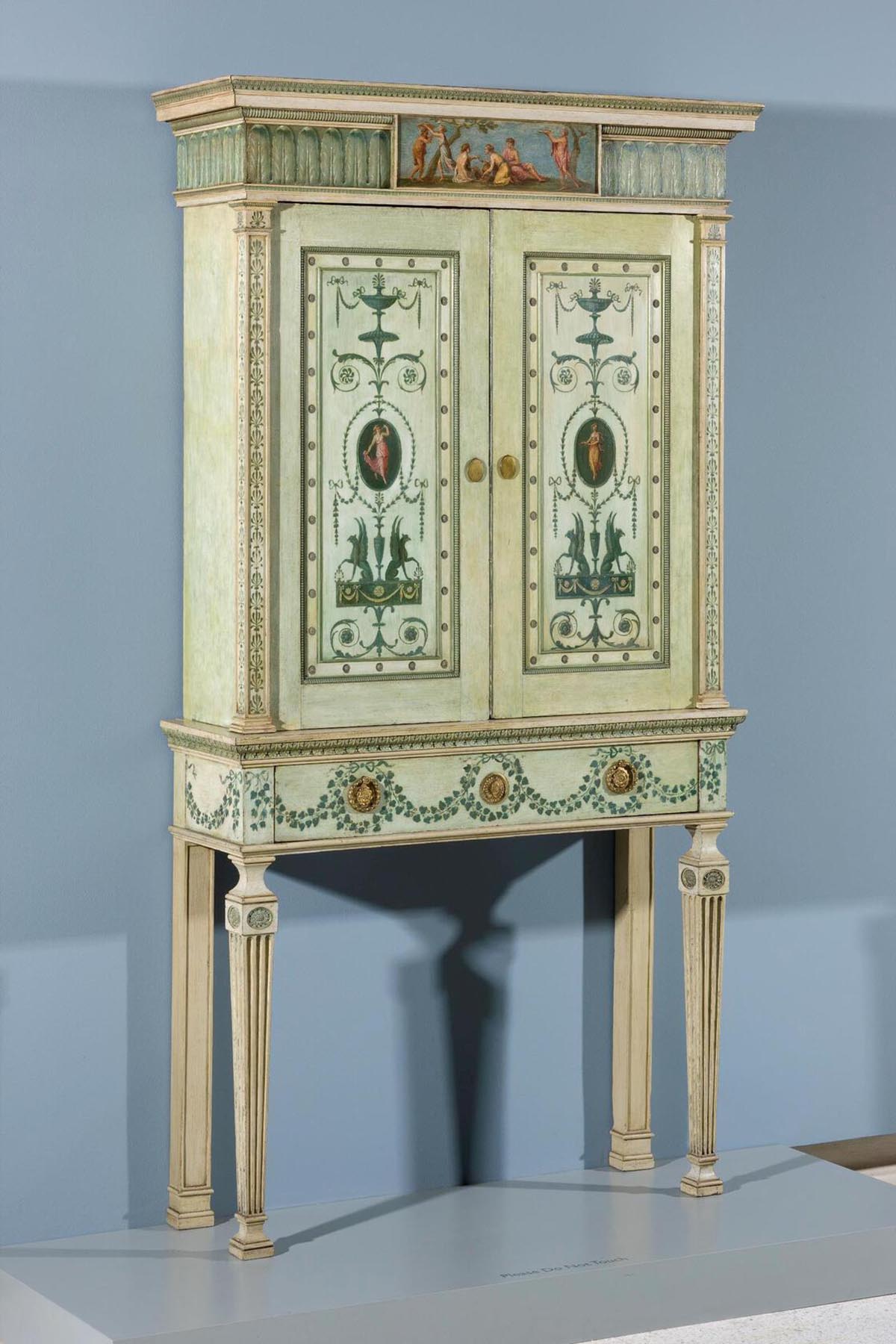
Neoclassical Artworks at Carnegie Museum of Art

During the 18th century, artists found inspiration in the art and culture of Ancient Greece and Rome, sparked by archeological discoveries at Pompeii and Herculaneum. In our galleries, you’ll find a collection of works that exemplify the art of this period.
Angelica Kauffman, a leading figure of the Neoclassical movement, was one of the most prolific and successful female artists of the 18th century. Her painting of the Roman poet Virgil shows him at the end of his life, as he writes his epitaph in the company of his friends. Before Virgil fell ill, he was working on an epic poem about the end of the Trojan War and the founding of Rome. He wished the poem to be destroyed, but at the behest of Emperor Augustus his friends published the Aeneid, one of the most important works of Latin literature.

Antonio Canova was the leading sculptor of his time, sought after for his ability to create striking, complex works influenced by classical Greek sculpture. In this example, Canova has created an idealized female form, though this plaster cast was originally developed as part of a portrait commission. Canova replaced the original head of Alexandrine de Bleschamp, wife of Lucien Bonaparte (Napoleon’s brother), with one of a more idealized beauty, evident by the seam visible around the neck.

In Greek mythology, there are nine muses, and each one of them is the goddess of inspiration for different arts and sciences. George Romney often painted his portrait sitters in the guise of such figures, evoking the subject’s status as an educated, well-rounded individual. In this portrait of Mrs. Catherine Trevor, the lyre and portfolio are emblems associated with the muses of dance and poetry.

In this painting, Benjamin West took inspiration from Ovid’s poem Metamorphoses, showing Venus mourning the death of Adonis, her young lover. In the poem, Adonis sustains injuries while hunting a wild boar, and the blood from his wound is transformed into anemone flowers, seen just above his shoulder. Although an emotional scene, West painted the figures with a sense of restraint rather than in an overly sentimental manner, an approach typical of the noble ideals of history painting and Neoclassicism.

Classical influence extended beyond painting and sculpture into the realm of architectural and decorative design. Robert Adams was hired to design and decorate entire homes, and this is one of two bookcases designed to fill specific niches within a Neoclassical dressing room in a London townhouse. The bookcase is adorned with nymphs, urns, and floral motifs applied by Antonio Zucchi, husband of Angelica Kauffman.